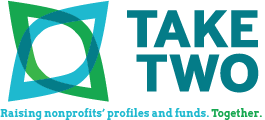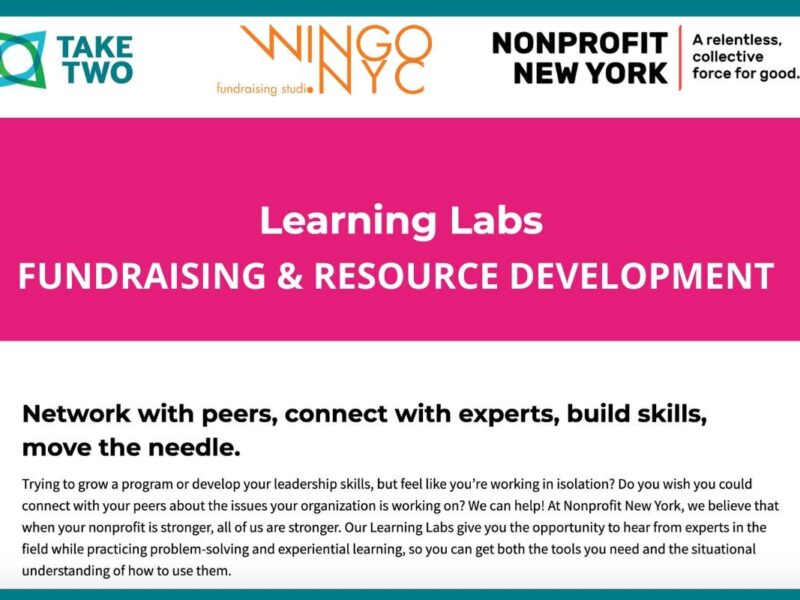
And Now, For The Fundraising Side Of Campaigns…
So, from Bix’s post in late April and Kate’s post last week, we get a good sense of what a campaign is and how to connect it to social media outlets. But, as anyone who has tried to fundraise using email, or crowd funding sites such as Kickstarter knows, the money doesn’t just magically start pouring in once you get your page set up.
The key to making online campaigns successful is to connect all the good stuff – the powerful stories, vivid imagery, captivating video, and concise branding and messaging – back to your organization’s relationships. Because, as I say time and time again, it always comes back to relationships.
Just as in any fundraising effort, you need to enlist your loyal supporters and audiences in the campaign effort. And on top of that, you have to enlist them to serve as “missionaries” or “messengers” for the organization – that means ask them to get their networks to join the campaign and help spread the word. A big part of campaign success is all the sharing that goes on through online tools.
Here are some absolute musts as you prepare your fundraising campaign:
- Success is in the strength of your lists: Develop your fundraising goals with the strength of your mailing lists in mind. In other words, be realistic about how many people you are going to reach through your campaign and how many people will give. Also, have a strong sense of who is on your list – are these people that regularly donate or open your emails? Are they actively involved in the organization? You want your list to be chock full of these people – people already invested in what you do. Keep in mind that, typically, nonprofits see a response rate of 3.4% for their direct mailings and a click-through rate for email appeals at 2 to 3 %. Look at your results for previous mailings. Do some math before you set your campaign goals. You don’t want to over estimate your potential (and disappoint your board members, your staff, and your stakeholders).
- Get ready: If you are going to try to fundraise using your email lists and social media tools, make sure you have a robust program to begin with – meaning you are already emailing monthly or quarterly; you are sharing and engaging with supporters through Facebook, LinkedIn, Twitter and other social media tools regularly; and you have the lists and followers within each tool to support your Campaign. Otherwise, spend the next year developing these communication tools, programs, and lists within your organization so that you are “campaign ready” next year.
- Build a campaign committee or team: As in any fundraising effort, I highly suggest you create a Campaign Committee or team consisting of well-networked volunteers. The Campaign Committee should help you develop the campaign message and strategy and then help you achieve success. Campaign committee members should agree to give through the campaign and encourage their networks to give. Fundly has shared that the formula to successful crowd funding is the # of fundraisers x $1,000. So, if you have 20 people on your committee committed to making the campaign successful, multiply that by $1,000, and that is what you can expect to get in from people in addition to your usual mailing yield.
As with anything, your campaign efforts have to be conducted as a community and team effort. The number one mistake nonprofits make time and time again in fundraising is to work in isolation. The more people you involve in your mission and fundraising campaigns, the more you will raise. It is that simple.




